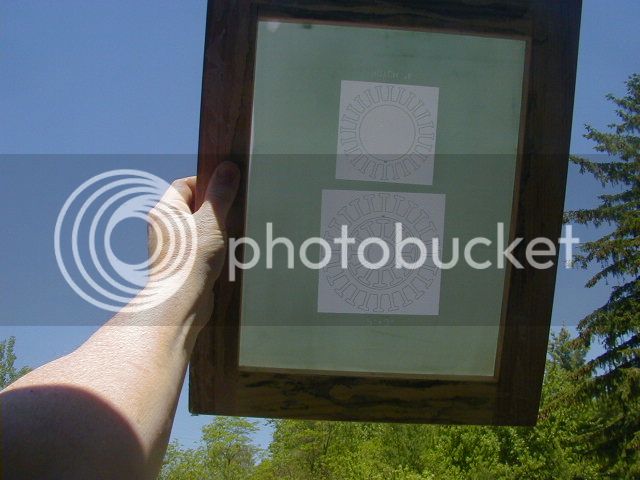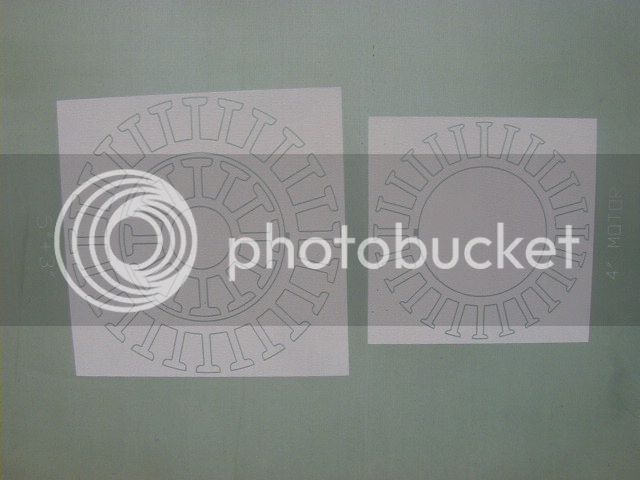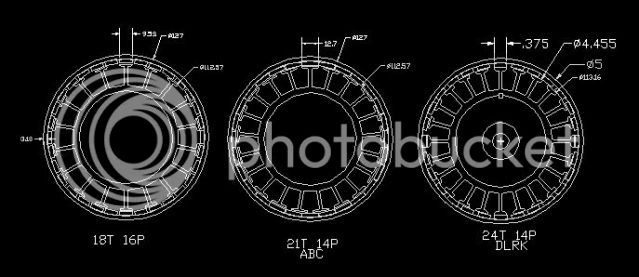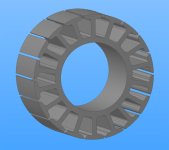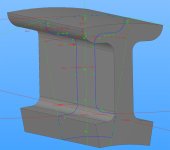I agree, start with something that's around that power level max, with a known to be good pole count/slot arrangement and that uses stock materials. The 5" tube, 3mm magnets, 112 mm stator sounds a good starting point to me. Motor length could be adjusted for power easily enough - longer would be better in terms of electrical efficiency, from proportionally less end turn loss, but at the cost of poorer cooling. Still, the power freaks could always look at liquid cooling the bearing housing themselves, by making up a custom carrier.
That's one advantage of going down the "sort some parts as a collective" route, people will be free to use the hard to source parts (stator lams, maybe the machined cans unless they happen to have a biggish lathe) as-is but could make up their own shafts, bearing carriers etc to suit their own project. Even a small Chinese bench lathe could turn out a bearing carrier without too much trouble.


